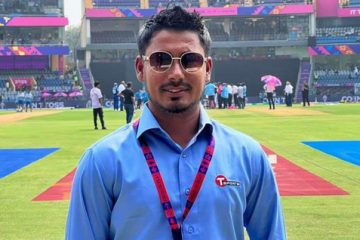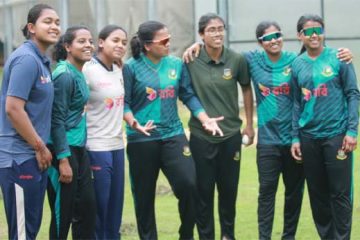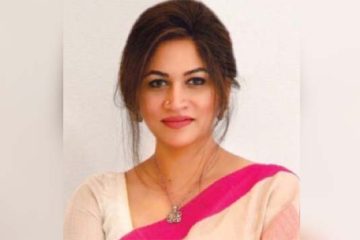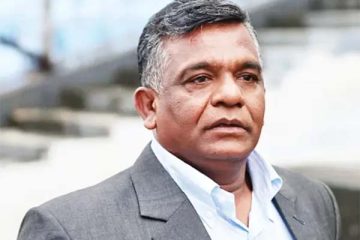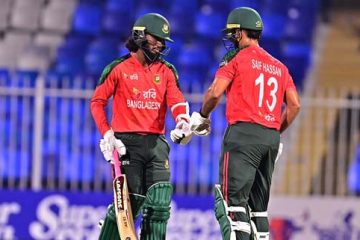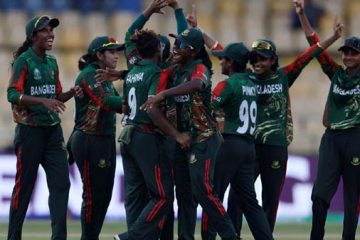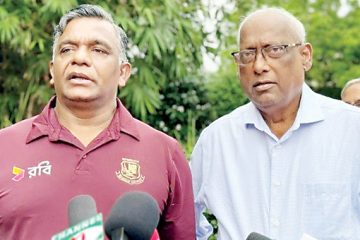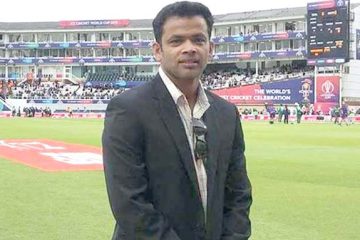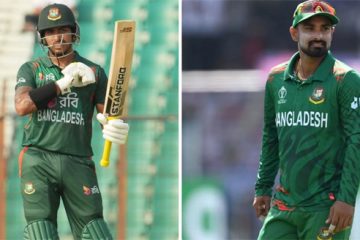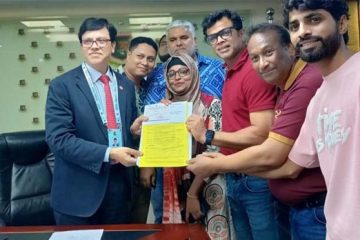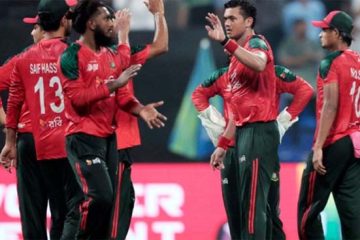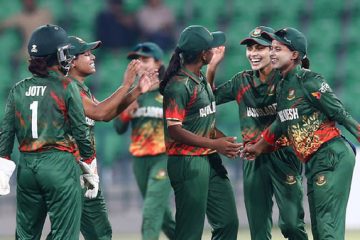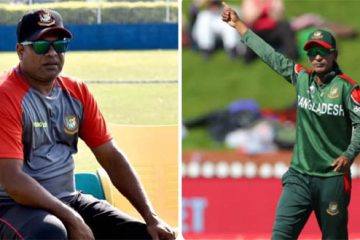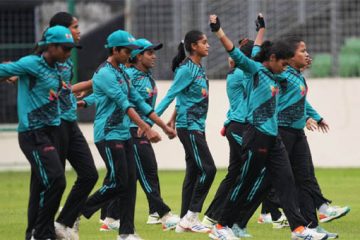The vision of creating a “learning centre” that will work as a full reservoir for primed cricketers is what Ross Turner has visualised for the GP-BCB National Cricket Academy.
After joining as the head coach back in May, Turner has been given 24 players who are projected as hugely talented and potentially of Bangladesh A or national standards.
“Ultimately, the goal for me with these players would be to see them as leaders with the bat and ball in different high-level competitions and see how their physical performance and skill levels develop after they get out,” said Turner during a recess yesterday.
During the long conversation, he outlined his views on the make-up and impact of the Academy. It is projected as a centre of learning the game so that the cricketers can be prepared properly for major challenges like international cricket after a few years of experience in the first-class structure.
But it is evident that there is a huge gap between learning (Academy) and giving the ultimate test (national team). The players will not face the level of competition that they are equipped to face and as it happens, they slack off and go back to square one when they are included in the national setup.
But programmes such as the Academy are primarily important so that they don’t have to be taught how to bowl, bat, field and behave when they are an international player. It has happened as recently as Jamie Siddons’s final months as coach of the Tigers. It is highly necessary to have players who only need to adapt to life in international cricket and not the skills.
Turner wants the trainees to turn out as complete cricketers who are capable in all three formats (Tests, ODIs and Twenty20s) and who realises that there is more to cricket than just aggressive batting and bowling left-arm spin.
“There are a number of things that need to change among these players. Here the cricket is built around instinctive play — aggressive batting. I want to teach them the different, productive ways of playing.
“A batsman can move his feet to the spinners and pace bowlers. He needs to know where to stand to certain types of bowlers. It is not just a new style of play but also their thinking.
“Even for left-arm spinners, they need to cut their fingers over the top of the ball which will help in surfaces that offer bounce and not just undercut them like they do here,” he explained.
The training has gone through the phase that dealt with physical fitness and classes on developing a positive mindset, envisioning outcomes and learning techniques for building resilience as well as leadership, accountability and trust.
After the month-long programme ended on June 23, the boys got a four-day break and from today, the skill development phase begins with Alan Campbell coming in for a month to share his expertise with the batsmen and wicketkeeper. Though Geoff Lawson was announced as the other visiting coach, he will probably arrive a bit later as his stint is not finalised yet.
Turner has said that he would like to see more short-term coaches to not just facilitate cricketers but also the local coaches who can pick ideas and teaching techniques from the foreign coaches, a fine way to make the country’s cricket self-sufficient.
“The overseas coaches are of the highest quality and who have dealt with international players. They will demonstrate a very clear understanding of the game and pinpoint the key elements,” he said.
“Also, the Bangladeshi coaches can learn from them and reinforce those methods,” added Turner who has undertaken several coaching and umpiring coaches over the years in the country.
Turner ultimately wants to leave behind a successful legacy which not only bring out highly-skilled cricketers but also have satellite academies across the country which can feed to the centre.
“It will be a network all over the country. The satellite centres will have a similar template as this one so that they come prepared from Rajshahi, Khulna, Barisal and Sylhet,” he said.
When asked to find similarities between young Bangladeshi cricketers and those from other countries, Turner’s opinion was a clear reflection of how cricket is run in this country.
He said that at the Under-19 level, the players are very similar with very few divergences but it all changes after a few years.
“You have to see the difference between (ages) 19 and 23. The rich cricketing culture in Australia, England and South Africa and the high-quality competition ensures they develop and that is where the difference comes out,” said Turner.
This Academy concept will definitely help Bangladesh cricket for years to come but the need for a proper first-class structure is highly significant but the dry pipeline that everyone is talking about is slowly filling up.
-With The Daily Star input

